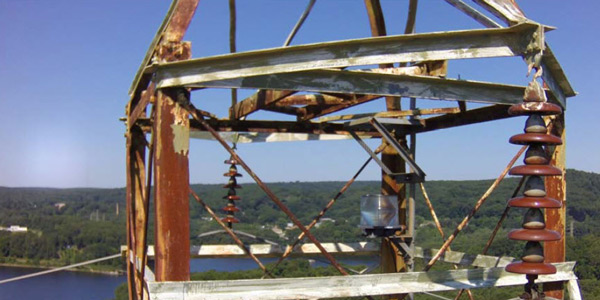WESTBOROUGH, Mass. — ISO-NE planners will make a several changes in their procedures in 2017, including revisions to Planning Procedure 3, incorporating probabilistic planning, a review of how the RTO identifies Bulk Power System (BPS) assets and a streamlined method of developing models, Director of Transmission Planning Brent Oberlin told the Planning Advisory Committee last week.
The process changes and the incorporation of updated load, energy efficiency and photovoltaic forecasts may have a significant impact on both the system’s identified needs and their year of need, Oberlin said.
Responding to stakeholder concerns about too much time being required for ISO-NE to complete needs assessments, Oberlin said that planners will move from a work flow based on serial preparation to one based on parallel modeling.
“We’re stealing from PJM here, which has inspired us to create generic case studies to look at all of New England at once rather than state by state,” he said at the March 22 meeting. “Right now, our start-to-finish case study process takes six months.
“After we talked to PJM, [we] kind of hit [ourselves] in the head” for not making the change sooner, Oberlin said. The current process is “serial, it’s slow and I don’t think it’s effective.”
ISO-NE plans to create a “library” of generic cases and study files for use in the future. Once the RTO and its transmission and other facility owners update the system topology data, the generic cases and study files will be updated with the latest load, energy efficiency, photovoltaic and resource data and posted for stakeholder review.
The RTO also is comparing its assumptions for classifying assets as BPS with those of other transmission operators in the Northeast Power Coordinating Council (NPCC). “It’s not lost on us that New England has more than half of the BPS classified substations within the NPCC, so we may revise the definition of what is a BPS,” Oberlin said.
The changes to Planning Procedure 3, which took effect Feb. 10, reduced the types of contingencies required for second contingency testing, limiting them to those with the greatest potential to impact the identification of system needs.
No longer required to be tested as the second contingency: the loss of two adjacent circuits on a multiple circuit tower and a permanent phase-to-ground fault with breaker failure. These second contingencies must still be tested under NPCC requirements, but solutions will be required only when the problems impact BPS facilities.
After more than a year of work with the PAC, the RTO will begin incorporating probabilistic dispatch methods in late spring, starting with the inclusion of probabilistically based local dispatches in the base system conditions used in needs assessments. The use of probabilistic methods will likely increase in the future, Oberlin said.
Eversource Towers Show Their Age
Eversource Energy engineering manager John Case showed slides of rusting steel and deteriorating concrete foundations to prove the need for replacing four aging towers carrying transmission lines over the Thames River in Connecticut.
About half a mile of the 1410/100 lines from Montville to Gales Ferry Junction shares double-circuit steel lattice towers that straddle the river at the Montville-Ledyard border.
“These structures were constructed in 1921 and have exceeded their planned life, and may have done [so] before I was born,” Case said to laughter. “And I am not a young man.”
Recent inspections of the structures revealed severe degradation of the foundation, towers and hardware. The four towers will be replaced with six galvanized steel poles at an estimated cost of $8.5 million (-25%/+50%).
– Michael Kuser



